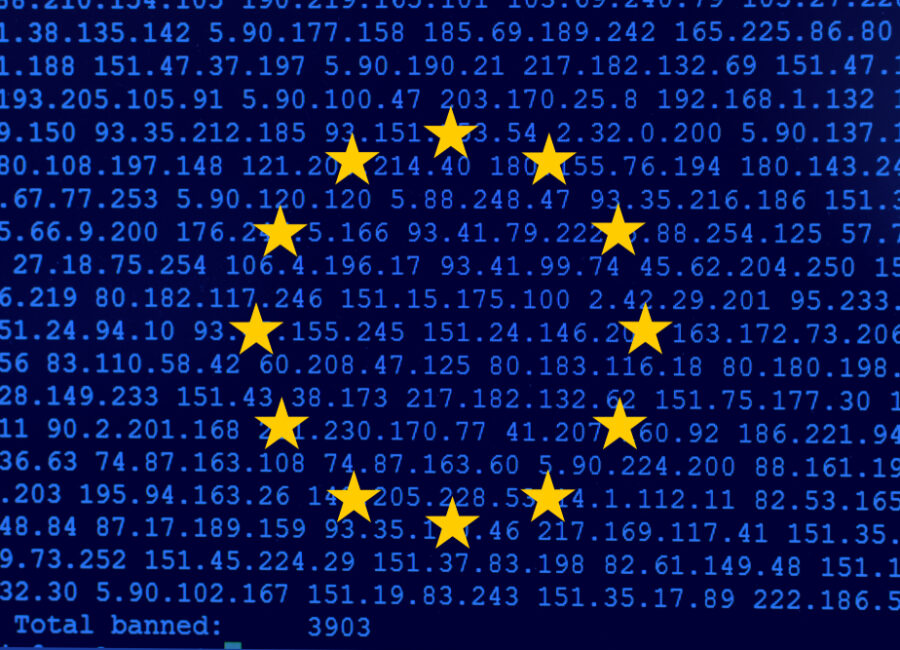Others have also read:
-
Compliance with NIS2 Regulations to enhance Identity Security
New legislation highlights crucial steps for safeguarding sensitive data ID North, as a leading identity security company, we believe organizations need to prioritize compliance with the recently implemented NIS2 regulation to fortify their digital..
-
Katso webinaari | Löydä tulevaisuus identiteettiturvallisuudessa Smart Identityn avulla Azure™-alustalla
Pidetty webinaari – 7. syyskuuta Olemme innoissamme kutsuaksemme sinut katsomaan eksklusiivista webinaaria tarpeen mukaan, jossa esittelemme ID Northin innovatiivisen identiteetin hallinnan ja hallinnan (IGA) palvelun, Smart Identity Azure™:ssa. Tämä uraauurtava palvelu tukee organisaatiosi identiteettiturvallisuuden..
-
IDENTITEETIN- JA PÄÄSYNHALLINTA EDISTÄÄ CENTRIA-AMMATTIKORKEAKOULUN DIGITALISOITUMISTA
Yhteistyössä ID Northin kanssa Centria on tehostanut koulutustaan automatisoimalla henkilöllisyyksien hallintaa ja pääsynhallintaa, vähentäen hallinnollista työtä ja parantaen turvallisuutta. Tämän tuloksena on saatu saumaton ja turvallinen digitaalinen oppimisympäristö sekä opiskelijoille että opettajille. Centria-ammattikorkeakoulu on..



















